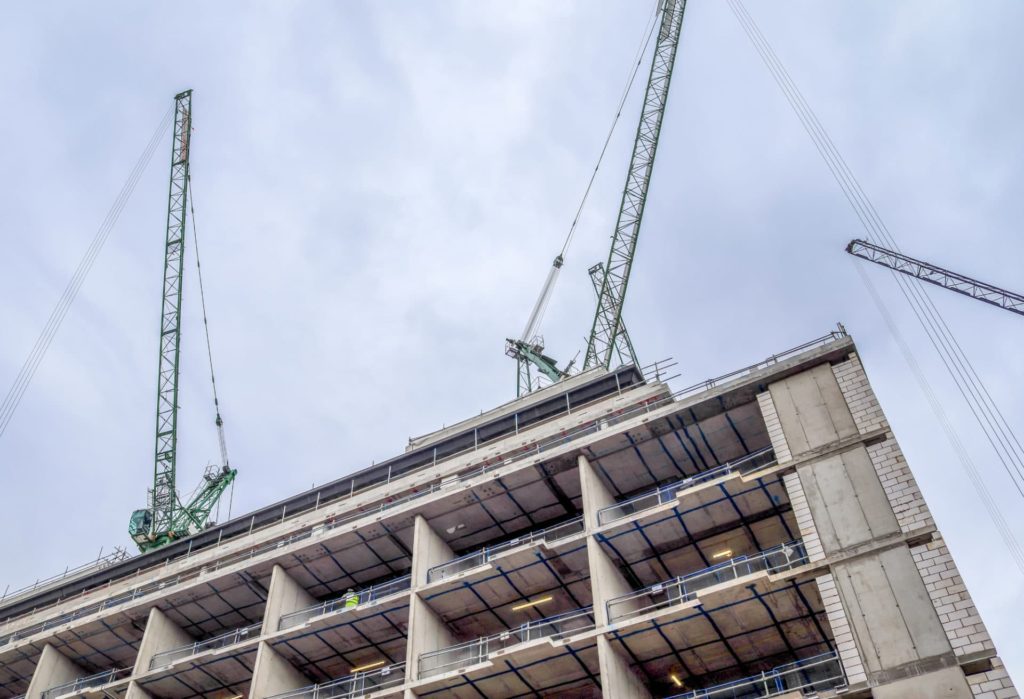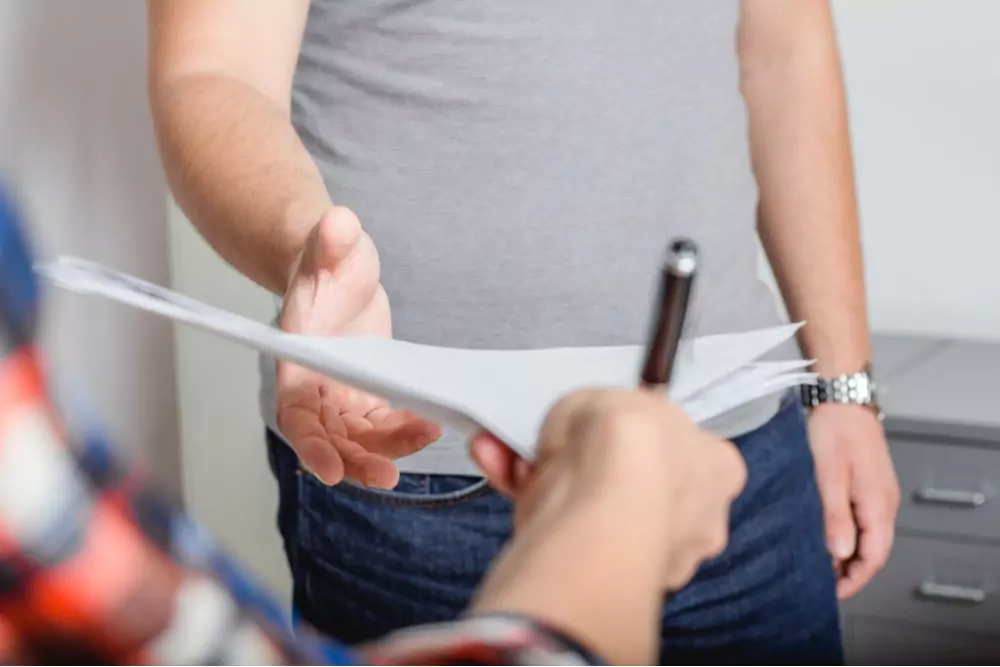
Managing your developments coming out of lockdown


In times of change it is important to consider ways to adapt. Some developers will be holding completed or near completed developments for the private sale market. With lock down continuing and the extent of the economic impact uncertain it is likely, regardless of the Government's proposed roadmap, that the volume of private house sale/purchases will decrease in the short to medium term.
So, what can a developer do with such a site? Three potential scenarios are:
- Hold the development until the market returns.
- Sell the development to a willing party.
- Look at a new strategy for the development such as converting it to a Private Rental Sector (PRS), student accommodation, co-living or Social housing scheme.
1. Hold the development until the market returns.
Holding the development on the balance sheet may not be a viable option for some as there would be a degree of risk as it's impossible to estimate the size of the disruption, or the time it may take for the private sales market to bounce back.
An alternative may be to transfer the development, or portfolio of developments, to a newly established vehicle. That vehicle could then hold the portfolio of assets until such time as the market returns. An advantage would be that the portfolio sits off the developer's balance sheet and, although the assets would be transferred at a lower value than pre COVID-19, when the market returns the interests in the vehicle that are held by the developer could be sold over time as liquidity is needed, thereby realising the intrinsic value in the portfolio.
A developer may require certain expertise that it does not currently have in terms of the regulatory requirements to be met. However, a relatively simple structure to look at would be the English limited partnership (subject to tax and regulatory considerations). Please refer to our roadmap on the process to launch a fund.
Consideration should also be given to whether the portfolio could produce any income during the hold period.
2. Sell the development to another party.
This might be to, for example, a real estate fund that may have the resources to hold the site in the short-term to medium term. A buyer of such a site would however expect a discount on the pre- COVID-19 value given that it will be taking on the risk of ownership at this uncertain time.
There are likely to be a small number of existing funds in the market that could make such an investment.
3. Look at a new strategy for the development.
Another option would be for the developer to convert from a one off sales model to an income producing (either itself or in a joint venture) development. The Private Rental Sector (PRS) is one option. This sector together with Build to Rent (BTR), has matured over recent years becoming an increasingly attractive asset class for investors. Other options might include student accommodation, co-living or Social housing scheme. All of these come with their own planning implications so be sure to consider this or seek advice as required.
The private rental, student accommodation, co-living and social housing sectors require good management teams that understand the particular requirements meaning it may make sense to join forces with a specialist provider. Refer to our roadmap on the process of entering into a joint venture if this option is of interest to you.
In summary:
Despite uncertainty in the private sale market there are options available to help your business weather the storm. Adapting your approach can help you develop resilience and build back better.
Want to know more?
Please contact Karl Bradford or Christian Silk if you would like to discuss any of the above or your development in more detail.












